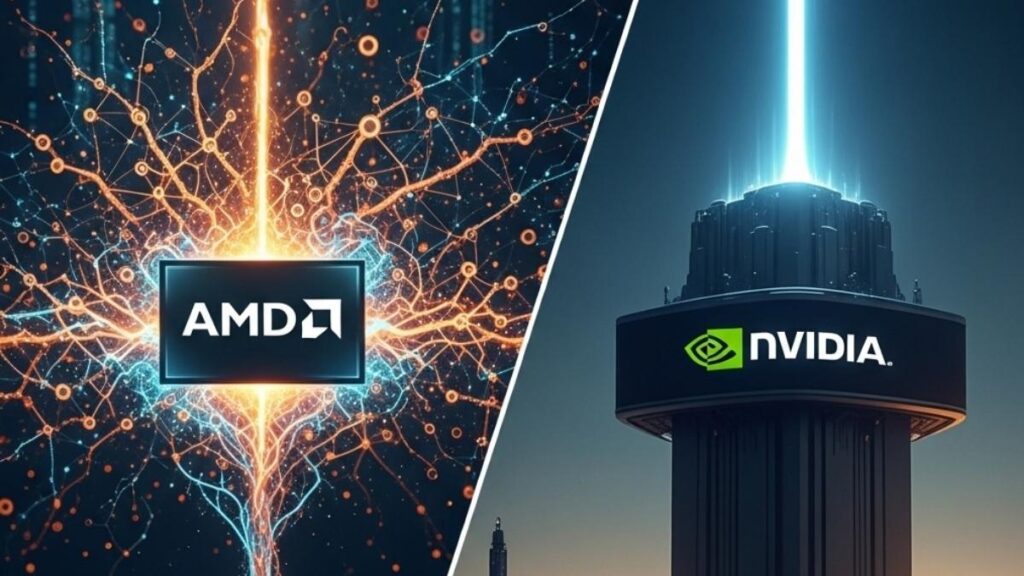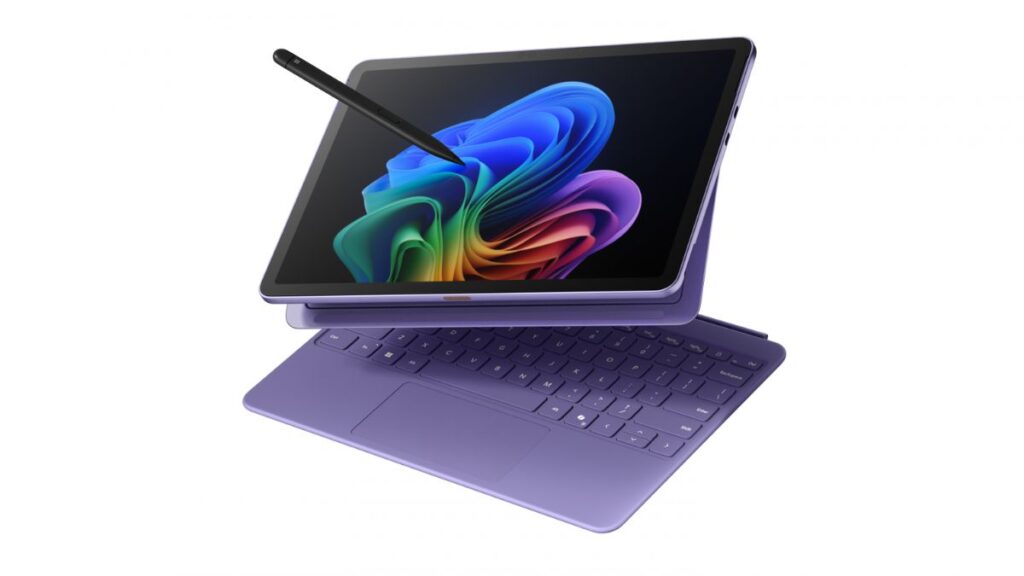Last week was Computex and just keeping up with the interesting announcements became a full-time job. One of the more interesting announcements was NVIDIA’s EGX platform which appears to be ideally designed for a 5G world where backhaul bottlenecking is going to force an increase in edge computing to reduce the amount of data being sent to central analytics platforms. This is so the solution can get the benefits of low latency without overwhelming the existing cell sites’ backhauls.
The ideal solution, which will mature over time, is likely a kind of hybrid system with matched components at the edge tied to local hubs which, in turn, are connected to distributed high-powered systems to do the final analysis. In some implementations, these distributed data centers would still be connected to centralized data centers for country-wide analysis as well. This should both reduce the load on the local wireless network and the wired network that it connects to assuring the low latency advantage of 5G while maximizing the computing power available to the solution. Much of the focus for this will be cameras but this will encompass other sensors as well to improve things like weather forecasting and timely crime and disaster alerts.
To address this opportunity, NVIDIA launched their EGX platform which spans from the edge to the cloud and represents part of the massive industry effort to adjust for the coming 5G world.
Let’s talk NVIDIA EGX this week.
NVIDIA EGX
To create EGX, NVIDIA partnered with Red Hat—recently acquired by IBM—and their OpenShift platform which is one of the leading Kubernetes container orchestration solutions. They also partnered with both Mellanox and Cisco security to complete the solution which surround NVIDIA’s distributed AI platform. This platform starts with NVIDIA Jetson Nano at the edge and then connects to various sized NVIDIA T4 servers to provide up to 10,000 TOPS (Trillions of Operations Per Second). This massive computational power then targets distributed efforts like real-time speech and facial recognition at almost any scale to provide solutions that could encompass shopping centers, cities, or potentially even entire states.
In effect this is one of the most aggressive hybrid AI cloud-in-a-box solutions and the multi-vendor aspect of this solution has Cisco assuring the security, management, and performance of the network, while Mellanox’s smart NICs provide what appears to be the ideal I/O connectivity for data access at hyperscale levels.
Microsoft is also a participant in this effort and their Azure IoT Edge apparently backs this solution with one of the most robust cloud efforts in the industry. But these aren’t the only vendors on the EGX bandwagon. ATOS, Dell Technologies, Fujitsu, HPE, Inspur, and Lenovo provide enterprise solutions for using this technology. In addition, for the mid-market, Abaco, Acer, ADLINK, Advantech, ASRock Rack, ASUS, AverMedia, Cloudian, Connect Tech, Curtiss-Wright, GIGABYTE, Hitachi, Leetop, MiiVii, Musashi Seimitsu, QCT, Sugon, Supermicro, Tyan, WiBase, and Wiwynn are providing point server solutions as well.
End customers are particularly excited about this solution with BMW adopting this for Group Logistics, Foxconn adopting this for manufacturing line quality control, GE Healthcare using it for medical device management, Harvard Medical School using it for patient management, and Seagate using it for manufacturing quality control.
Wrapping Up
5G is forcing companies to rethink how they deploy critical IoT solutions ranging from security, to patient management, to quality control, to logistics. What the market seems to be asking for is a solution that encompasses both the end points and the central processing to optimize this new 5G network and avoid damaging bottlenecks. NVIDIA’s EGX solution was designed to meet that need and with partners like Red Hat, Microsoft, Mellanox and a vast variety of others they appear to have created the ideal solution for this problem. Customers have already begun testing and NVIDIA EGX could well redefine how IoT AI is done at scale.
- The HP OmniBook X Flip 2-in-1 16-Inch: Your New Digital Swiss Army Knife (Now in Glorious Atmospheric Blue) - June 25, 2025
- The Open AI Avalanche: Why AMD’s Collaborative Spirit Is Outmaneuvering NVIDIA’s Empire - June 22, 2025
- Lenovo Embraces OpenBMC: A Step Towards Greater Transparency and Control in the Data Center - June 17, 2025



